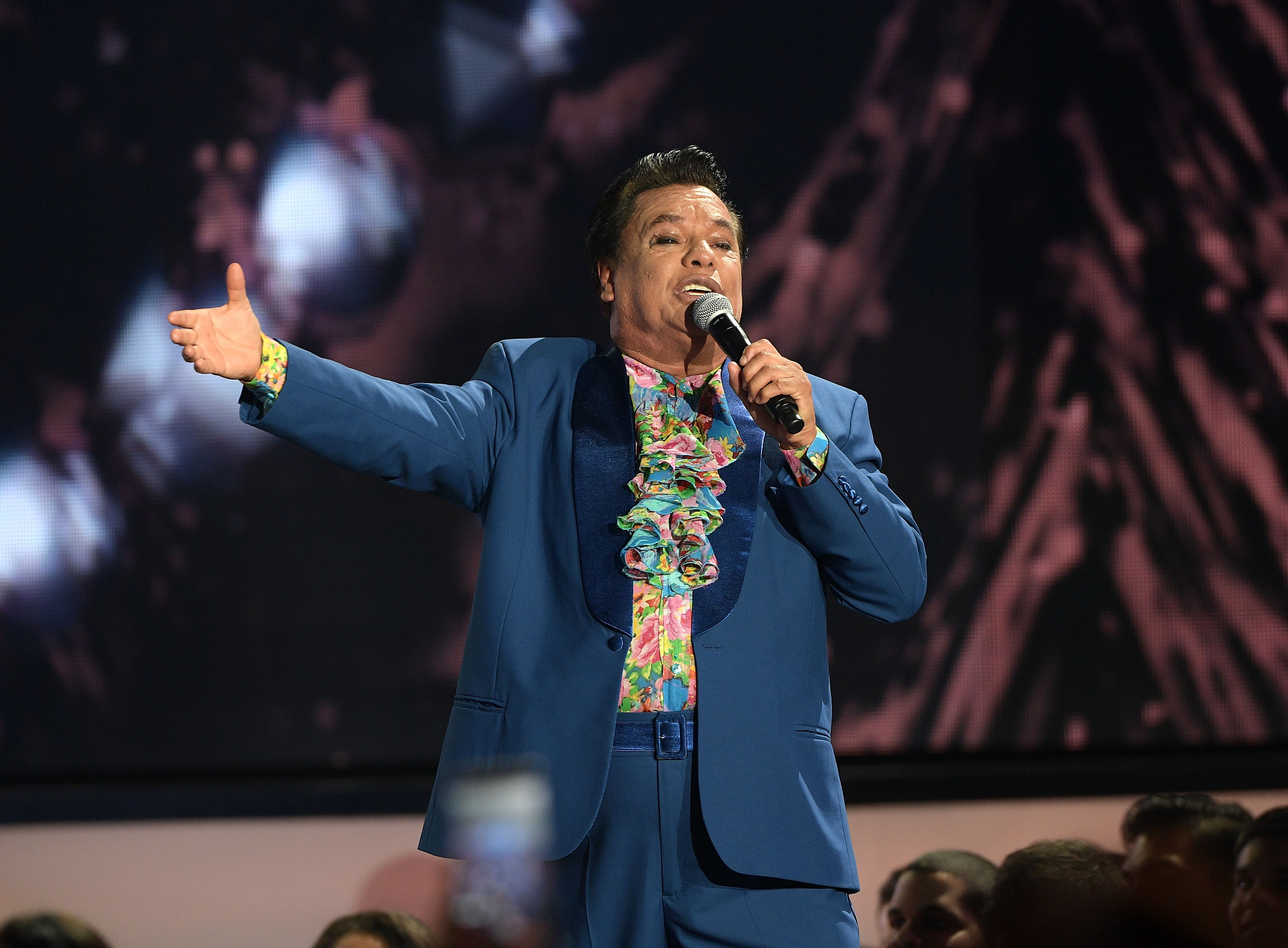Dulce Cantante Mexicana, a term evoking images of sweet-voiced Mexican female singers, represents a rich tapestry of musical styles and cultural significance. This exploration delves into the evolution of this archetype, examining its historical context, musical characteristics, and lasting impact on Mexican music. From the golden age of Mexican cinema to contemporary artists, we’ll uncover the diverse voices that define this iconic figure.
This examination will analyze the musical styles associated with the Dulce Cantante Mexicana, highlighting key instruments, vocal techniques, and lyrical themes. We will also compare and contrast different eras, showcasing the evolution of this musical persona through the decades and its reflection of societal changes.
Defining “Dulce Cantante Mexicana”

Source: contramuro.com
The term “Dulce Cantante Mexicana,” translating to “Sweet Mexican Singer,” encapsulates a specific archetype in Mexican music, representing a blend of vocal talent, romantic imagery, and cultural identity. It goes beyond simply describing a female singer; it evokes a particular aesthetic and emotional resonance deeply ingrained in Mexican popular culture.
Cultural Significance and Connotations of “Dulce Cantante Mexicana”
The “Dulce Cantante Mexicana” archetype often embodies femininity, grace, and emotional depth. She is portrayed as a romantic figure, expressing longing, love, and heartbreak through her music. This image is often intertwined with traditional Mexican values and aesthetics, sometimes drawing on imagery of the countryside, family, and faith. The archetype’s significance lies in its ability to connect with audiences on a deeply emotional level, tapping into universal themes of love and loss while simultaneously representing a specific cultural identity.
Examples of “Dulce Cantante Mexicana”
Numerous female Mexican singers embody this image throughout history. For instance, Lola Beltrán, known for her powerful voice and emotional delivery of traditional Mexican music, perfectly exemplifies the archetype’s emotional depth. Similarly, Chavela Vargas, while defying conventional feminine stereotypes, captured the essence of the “Dulce Cantante” through her raw emotion and passionate interpretations of ranchera music. More contemporary examples include artists like Lila Downs, who blend traditional Mexican sounds with other genres, while maintaining the emotional core of the archetype.
Evolution of the “Dulce Cantante Mexicana” Archetype
The “Dulce Cantante Mexicana” archetype has evolved significantly throughout Mexican music history. Early examples often focused on romantic ballads and traditional folk songs. The rise of ranchera music in the mid-20th century further solidified the archetype, with singers like Beltrán defining its characteristics. Later, the archetype expanded to incorporate diverse musical styles, from pop and rock to more contemporary forms, reflecting the changing landscape of Mexican music and society.
However, the core emotional and cultural connection remains.
Comparative Analysis of Eras of “Dulce Cantante Mexicana”
| Era | Representative Singers | Musical Characteristics | Cultural Impact |
|---|---|---|---|
| Golden Age of Mexican Cinema (1930s-1950s) | Lola Beltrán, Lucha Villa | Traditional Ranchera, boleros, romantic ballads; emphasis on vocal power and emotional delivery | Popularization of Ranchera music; strong association with national identity and romantic ideals |
| Post-Golden Age (1960s-1980s) | Verónica Castro, Rocío Dúrcal | Broader range of styles including pop ballads and romantic cumbias; more polished production | Increased commercialization; wider appeal across demographics; integration of international musical influences |
| Contemporary Era (1990s-Present) | Lila Downs, Natalia Lafourcade | Fusion of traditional and contemporary styles; experimentation with diverse genres; strong lyrical content | Global recognition of Mexican female artists; diverse representation of Mexican identity; increased artistic expression |
Musical Styles and Characteristics
The musical styles associated with the “Dulce Cantante Mexicana” are diverse, but several common threads emerge. Understanding these musical elements provides a deeper appreciation for the archetype’s evolution and enduring appeal.
Typical Musical Styles
While ranchera music remains a cornerstone, the “Dulce Cantante Mexicana” has embraced various styles. Boleros, romantic ballads, cumbias, and even contemporary pop and folk-infused sounds all find their place within this broad category. The common denominator is the emphasis on vocal expression and emotional storytelling.
Key Instruments and Arrangements

Source: ahoramismo.com
The rising star, Dulce Cantante Mexicana, is captivating audiences with her powerful vocals. Interestingly, a recent search on mendocino craiglist revealed a surprising number of listings for musical instruments, suggesting a vibrant local music scene that could potentially support her burgeoning career. Dulce’s unique blend of traditional and contemporary Mexican sounds is poised to make her a major force in the industry.
The instrumentation varies depending on the specific musical style. However, common elements include mariachi trumpets and violins, guitars (both acoustic and electric), and percussion instruments such as the guitarrón and the vihuela. Arrangements often emphasize melodic lines and harmonies that support the vocalist’s emotional delivery.
Vocal Techniques
The vocal techniques employed by “Dulce Cantante Mexicana” singers are diverse, reflecting the wide range of musical styles. However, a common thread is the emphasis on emotional expressiveness. Singers often utilize techniques such as vibrato, phrasing, and dynamics to convey the nuances of the lyrics and create a compelling emotional experience for the listener. The ability to connect with the audience on an emotional level is paramount.
Exemplary Songs, Dulce Cantante Mexicana
- “Cucurrucucú Paloma” by Lola Beltrán: A classic ranchera showcasing Beltrán’s powerful vocals and the emotional depth of the lyrics, which speak of heartbreak and longing.
- “La Llorona” by Chavela Vargas: A haunting interpretation of a traditional Mexican folk song, characterized by Vargas’s raw emotionality and unique vocal style.
- “La Sandunga” by Lila Downs: A vibrant fusion of traditional Oaxacan music and contemporary sounds, reflecting Downs’s artistic versatility and cultural pride.
- “Hasta la Raíz” by Natalia Lafourcade: A contemporary ballad with heartfelt lyrics and a delicate musical arrangement, showcasing Lafourcade’s introspective and emotive vocal style.
Ultimate Conclusion: Dulce Cantante Mexicana
The legacy of the Dulce Cantante Mexicana extends far beyond individual artists; it represents a powerful symbol of female artistry and cultural identity within Mexican music. This exploration has highlighted the enduring influence of this archetype, showcasing its evolution through various musical styles and its continued relevance in contemporary Mexican music. The sweet voices and compelling narratives of these singers continue to resonate, shaping the landscape of Mexican music and captivating audiences worldwide.
